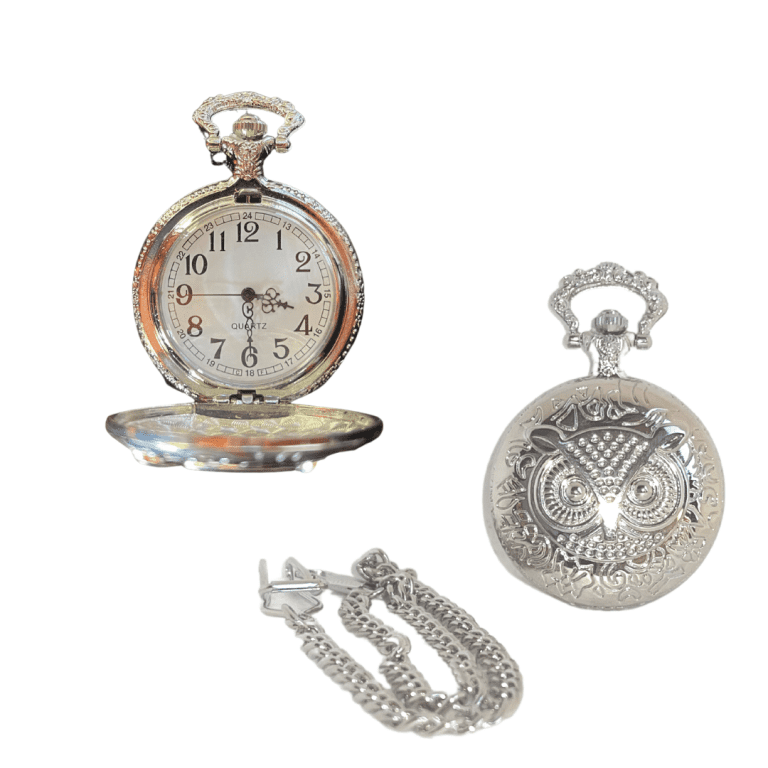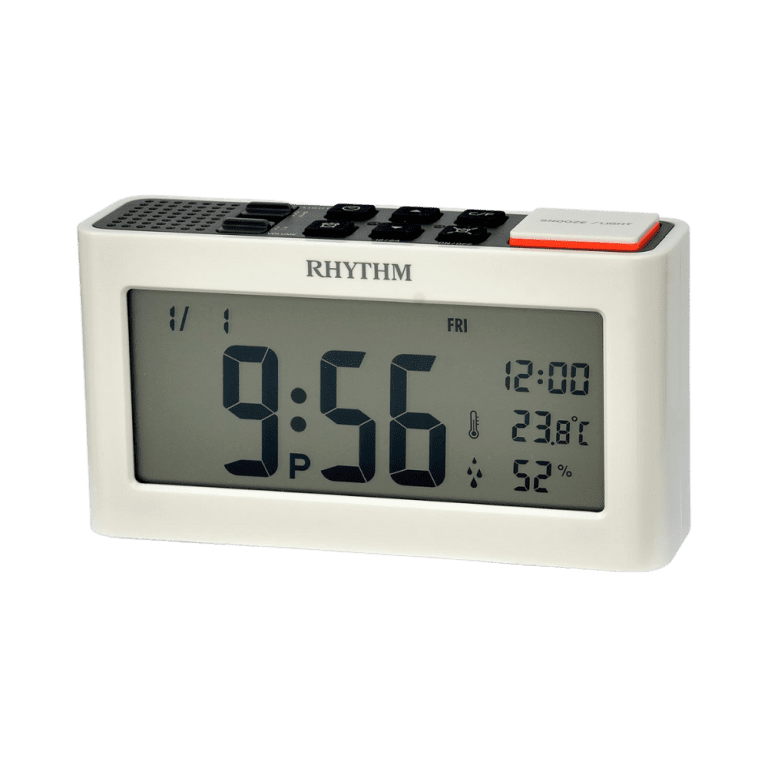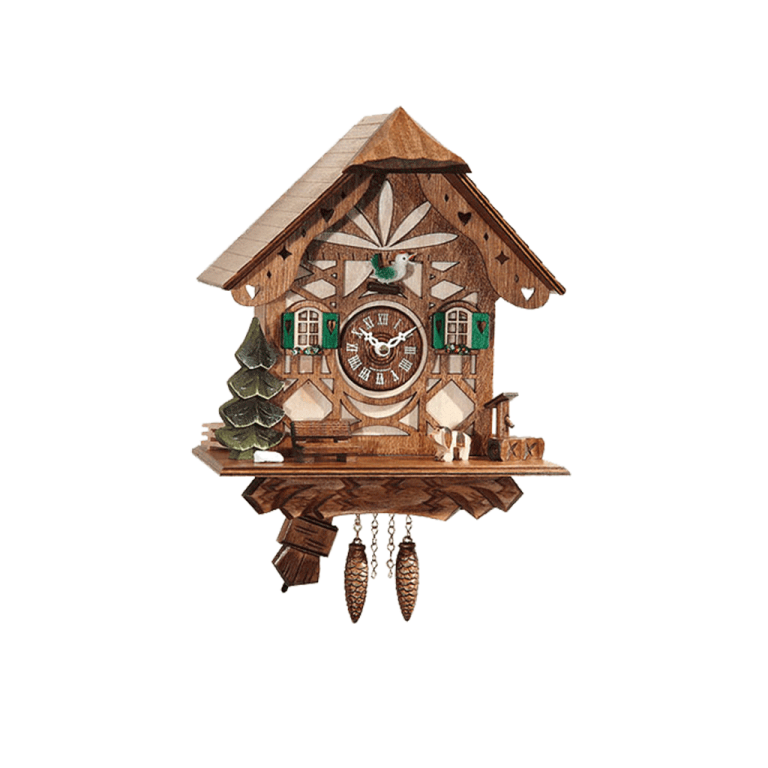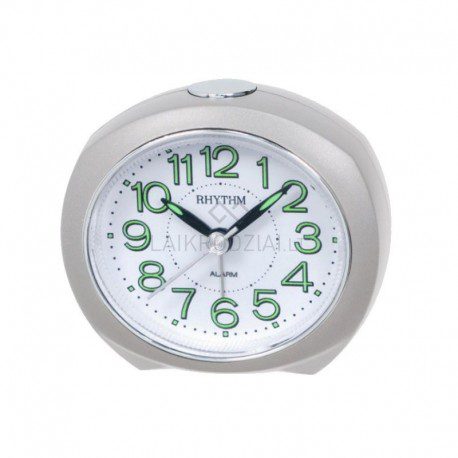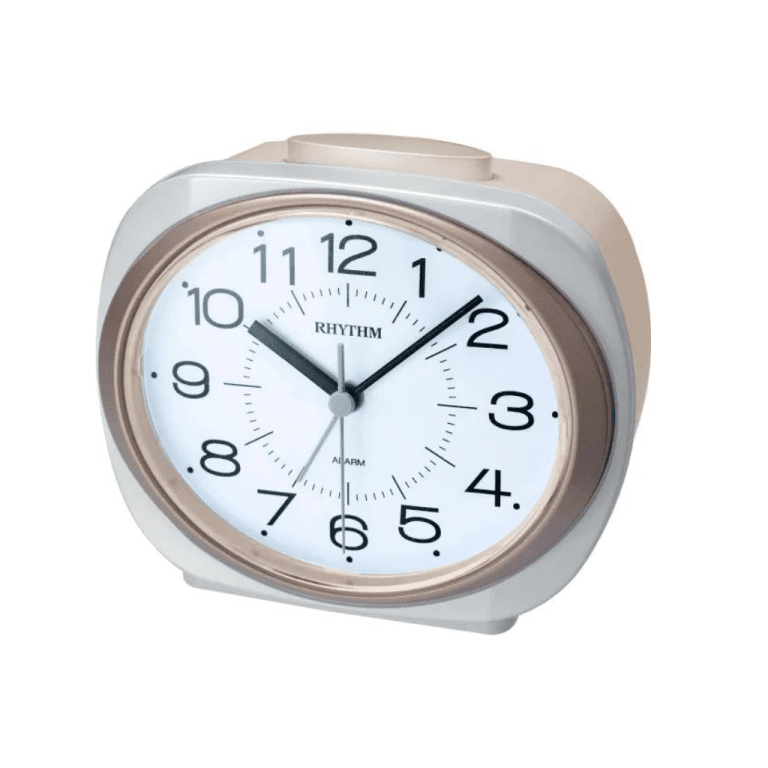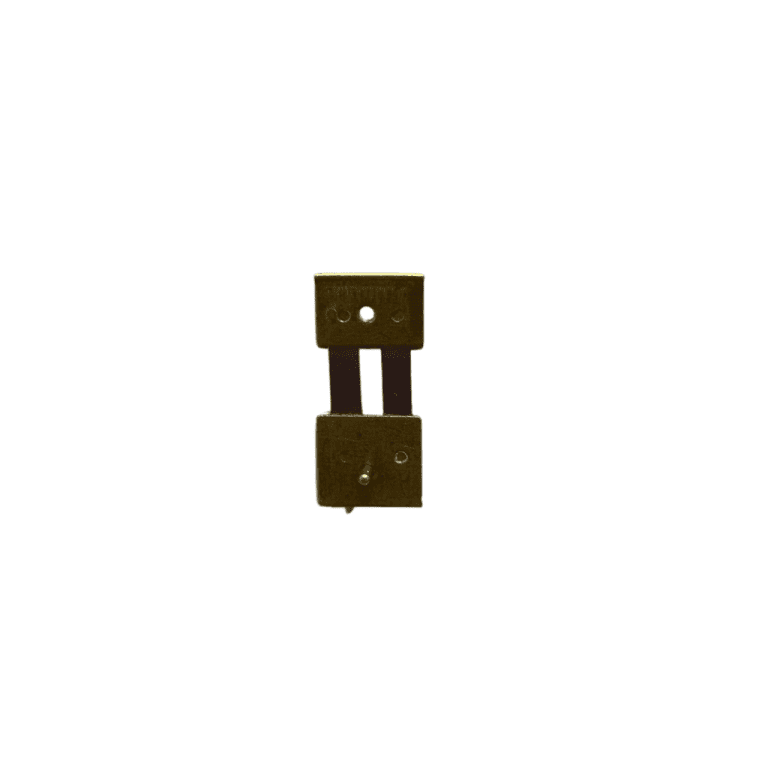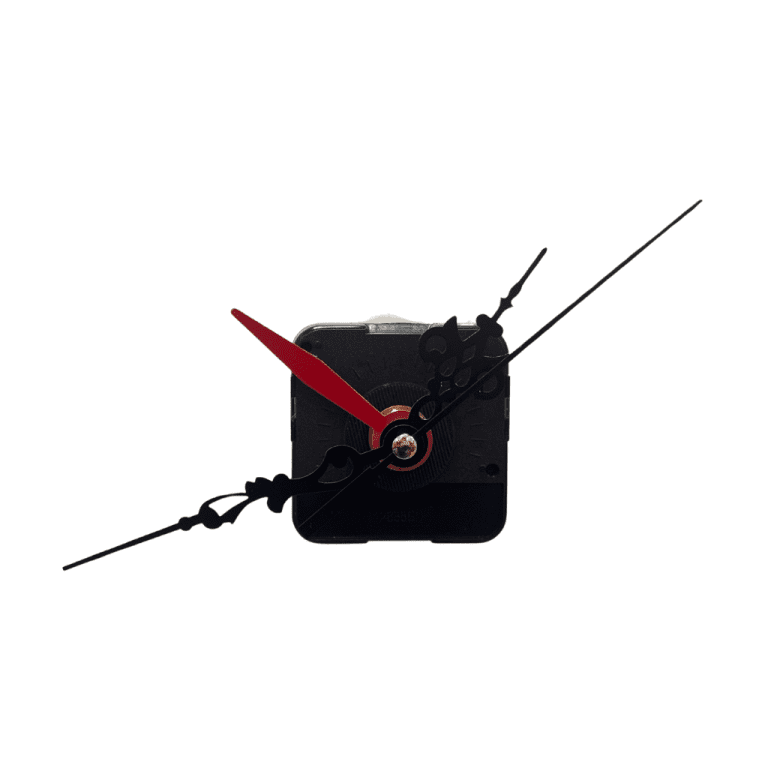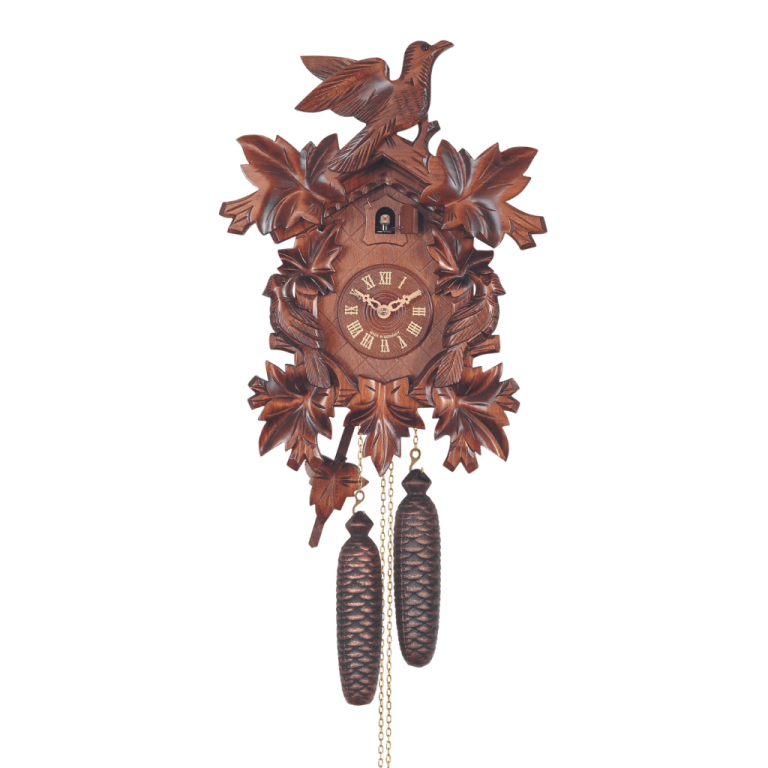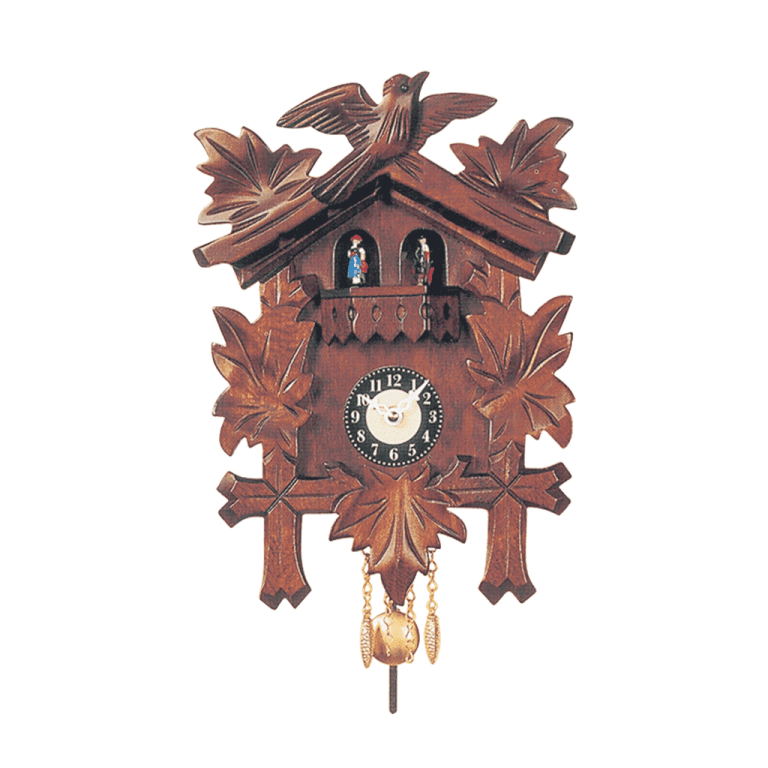The inside mechanics of cuckoo clocks maintain virtually the same design since the day they were first created in the Black Forest of Germany. While the parts are now sometimes made out of metal and plastic instead of the all wood versions that started it all, the weights and counterbalance mechanisms that help them perform accurately and to imitate the sound of the cuckoo bird have not changed much in almost 300 years. A mechanical movement run by weights that hang from the bottom of the clock drives the action of most cuckoo clocks. Most clocks have three weights, while some larger more complex versions require three weights hanging from the front of the cabinet. They are commonly in the shape of pinecones and must be pulled periodically, depending on the model. Spring-driven cuckoo clocks never really caught on and subsequently are quite rare. Black Forest cuckoo clocks run on a set of wheels that lock gears and provide the power necessary to swing the pendulum back and forth. Every time the pendulum makes a complete swing back and forth, one tooth of the wheel is released from the escape wheel. Each time a tooth escapes, the time train moves forward, resulting in a very small movement of the minute hand. When you first bring your new cuckoo clock home you will need to test its timing against a battery operated clock of some kind. If you measure the difference in time between your cuckoo clock and ?real? time, you can then adjust your cuckoo clock to perform more accurately by adjusting the weights that hang beneath the housing. It?s always an educated guess rather than an exact science, and old fashioned cuckoo clocks are never one hundred percent accurate, but patience and readjustments made every twenty four hours over a few days will get your clock functioning as close to perfection as possible. The standard rule of thumb is to try to get your clock to miss only a few minutes per week and live with it
Credited to:https://www.wetcrow.com/





